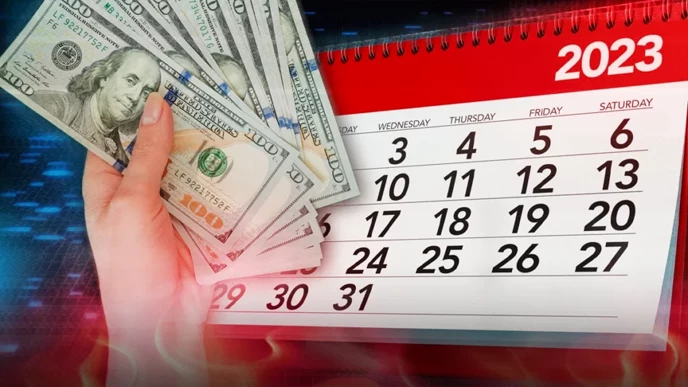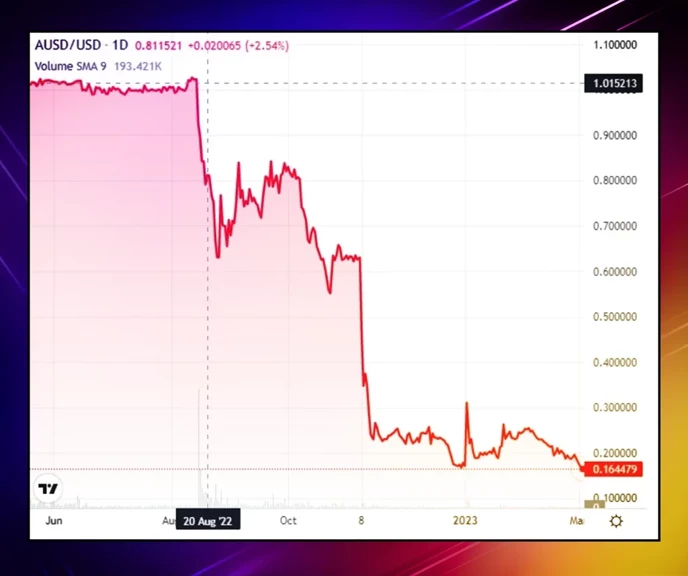Crypto Redemptions: The Key To Maintaining Price Pegs

In traditional finance, ‘redemption’ refers to the situation when security owners cash out their bonds or deposits before the maturity date.
From a blockchain perspective, crypto redemptions work in a similar way, though the process has its own specifics.
This article aims to investigate what a crypto redemption is and why it is so important for algorithmic stablecoins.
What is Redemption in Finance?
TradFi defines redemption as the repayment of a financial instrument before it reaches maturity. This applies to any fixed-income securities such as bonds, treasury bills, or guaranteed investment certificates.
In practice, traders usually make redemptions by selling all their securities or only their parts to the public.
At this, they can claim some gains if they spot the right moment. Alternatively, they may bear losses when they have to sell securities urgently and are forced to take whatever offer is available.
Types of Redemption
In most cases, redemptions are made in cash. However, situations may arise when fund managers offer investors in-kind redemptions. This means that investors may claim other securities in return so as not to hurt their long-term positions.
Alternatively, investors may apply for mutual funds redemption. Companies that issue Mutual Funds can pay the stated value of the securities to the investors who desire to redeem them before the maturity date. However, investors typically apply to such type of redemption only after they have gained their interest so as to maximize their profits.
USD to Gold Redemption
The Gold Standard may serve as the best historical example of financial redemption.
It represents a monetary system where governmentally issued currency can be freely converted into gold at a fixed rate and vice versa. At the same time, gold itself can be used as a means of exchanging value serving as a standard for international trade.
This system was particularly popular at the end of the 19th century and, later, in some decades of the 20th century. With the exchange rate being guaranteed by the infallible US government, one could easily redeem liquid cash for gold practically at any financial institution.
Yet, the Great Depression in the 1930s put an end to the dominance of the Gold Standard. At this, most of the countries abandoned it in favor of fiat currencies with floating rates.
What is a Crypto Redemption?
Now that cryptocurrencies have stepped into the light as a solution to the problems of centralized institutions, similar principles work on the blockchain as well.
At this, crypto redemption usually refers to the process of exchanging stablecoins or bridge tokens for other digital assets.
Crypto Redemption for Stablecoins
It is particularly helpful in the context of algorithmic stablecoins that derive their stability from the circulating supply of other tokens. Whenever the demand in the network grows, algorithms automatically increase the token supply. Thus, users are able to redeem value at any time.
For example, with the Liquid Loans protocol, you can always redeem 1 USDL for $1 worth of PLS. The algorithm will make sure that the number of PLS is always sufficient for that.
To sum it up, crypto redemption helps to guarantee that one can always reliably swap one token for another while preserving its value. In fact, this process is the key to maintaining the price pegs.
Crypto Redemption for Bridges
With blockchain bridges, crypto redemption works in a similar fashion.
Assume you need to exchange 1 BTC for its wrapped version on Ethereum. WBTC that you will get in return is not Bitcoin itself. It represents its paper equivalent that may become worthless at any time should the issuing party fail.
What makes wBTC valuable, though, is the possibility to exchange it for real BTC at any moment in time. This is where crypto redemption comes to help.
Why Do Some Algorithmic Stablecoins Fail?
Algorithmic stablecoins, though being guarded by the code, may still fail sometimes. This may happen for different reasons.
Terra’s UST
One of the high-profile cases of failed stablecoins refers to Terra’s UST that worked in pair with its sister-token LUNA.
The crash was caused by the successful hacking attempt of the Wormhole bridge in February 2022. It turned out that the latest one held a significant portion of LUNA in its reserves.
When the news of the hack came out, users started to panic-sell UST making the circulating supply of LUNA spike. Yet, since the system didn’t have any redemption mechanism in place, users had to redeem their tokens somewhere else which finally resulted in the UST’s failure.
Acala USD
Another example of a failed algorithmic stablecoin is Acala USD. Backed by the governance token ACA, aUSD experienced an inflation bug that minted billions of stablecoins without any collateral.
Though aUSD quickly regained its peg, the fundamental problem still persists. In case a similar situation occurs, the lack of a redemption mechanism will prevent users from redeeming the value in a bank run.
We have identified the issue as a misconfiguration of the iBTC/aUSD liquidity pool (which went live earlier today) that resulted in error mints of a significant amount of aUSD
1/— Acala (@AcalaNetwork) August 14, 2022

What May Go Wrong with Bridges?
Cryptocurrency bridges may also fail and lead to severe money losses.
Thus, the aforementioned Wormhole bridge fell victim to hackers’ attacks because of an error in the code. Another case of a similar hack refers to an ETH-BSC bridge Qubit that lost about $80 million worth of crypto in January 2022.
Yet, these are not the most interesting cases.
Better attention during the development process combined with external security audits could bring down the risks of such hacks to a minimum.
What makes blockchain bridges particularly vulnerable is the lack of decentralization. For example, the Ronin Bridge fell victim to a hack in April 2022 because malicious actors managed to gain control over five of the nine validator nodes.
Building a truly decentralized solution with a thorough crypto audit is key to building a secure and scalable blockchain platform. Together with crypto redemption mechanisms, such an approach could become the next step in blockchain development.
The Bottom Line
For asset referenced tokens, stablecoins, or bridge tokens to maintain its price point, it MUST have a robust redemption mechanism.
When the redemption mechanism breaks, the price peg will also break inevitably.
Asset referenced tokens like USDL of the Liquid Loans protocol is ALWAYS fully-backed and redeemable, so the price peg is strong.
Join The Leading Crypto Channel
JOINDisclaimer:Please note that nothing on this website constitutes financial advice. Whilst every effort has been made to ensure that the information provided on this website is accurate, individuals must not rely on this information to make a financial or investment decision. Before making any decision, we strongly recommend you consult a qualified professional who should take into account your specific investment objectives, financial situation and individual needs.

Kate
Kate is a blockchain specialist, enthusiast, and adopter, who loves writing about complex technologies and explaining them in simple words. Kate features regularly for Liquid Loans, plus Cointelegraph, Nomics, Cryptopay, ByBit and more.

Development
Knowledge
Subscribe To Newsletter
Stay up-to-date with all the latest news about
Liquid Loans, Fetch Oracle and more.
Copyright © 2024 Crave Management.
All Rights Reserved.

The LL Librarian
Your Genius Liquid Loans Knowledge Assistant




